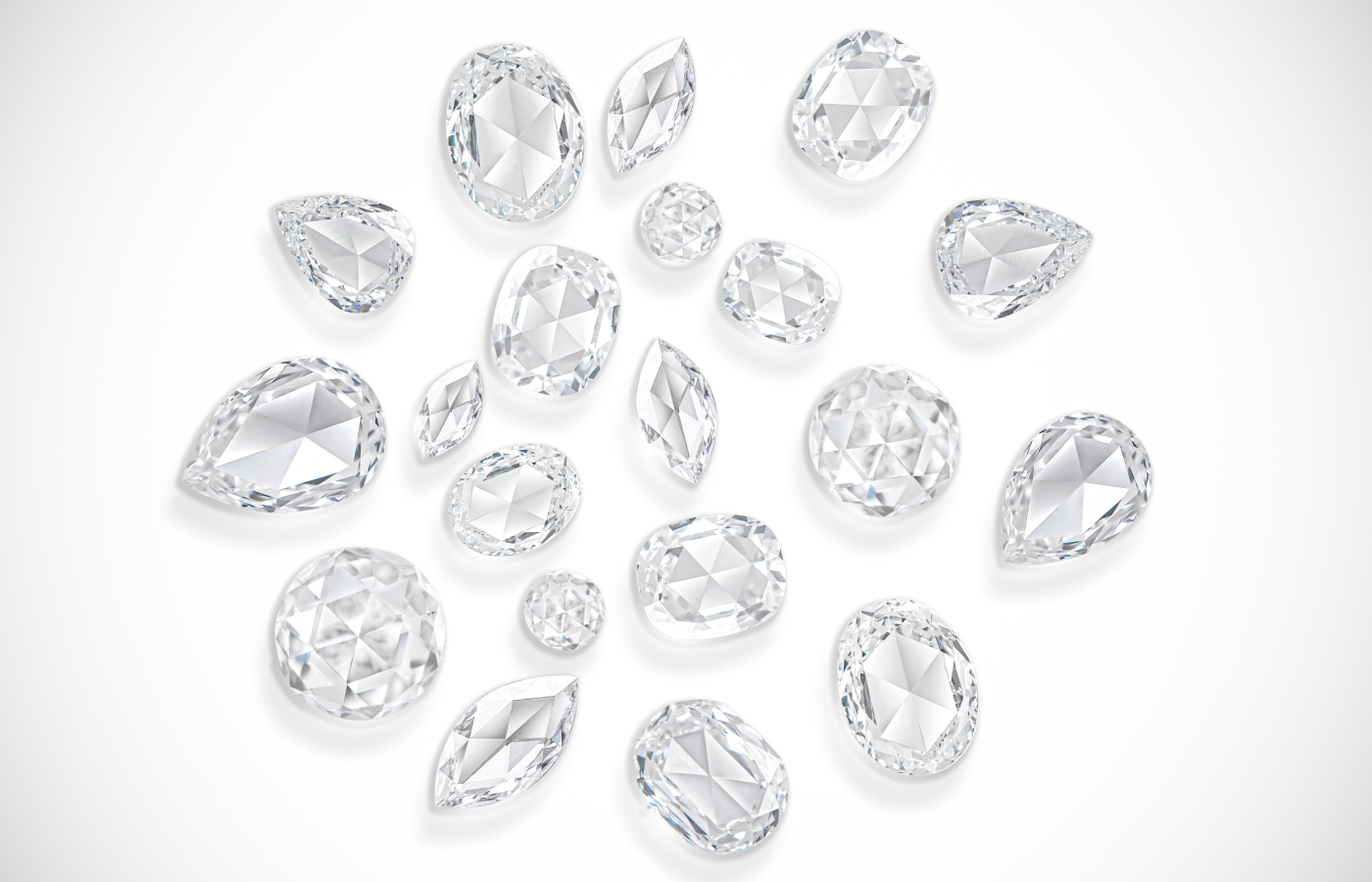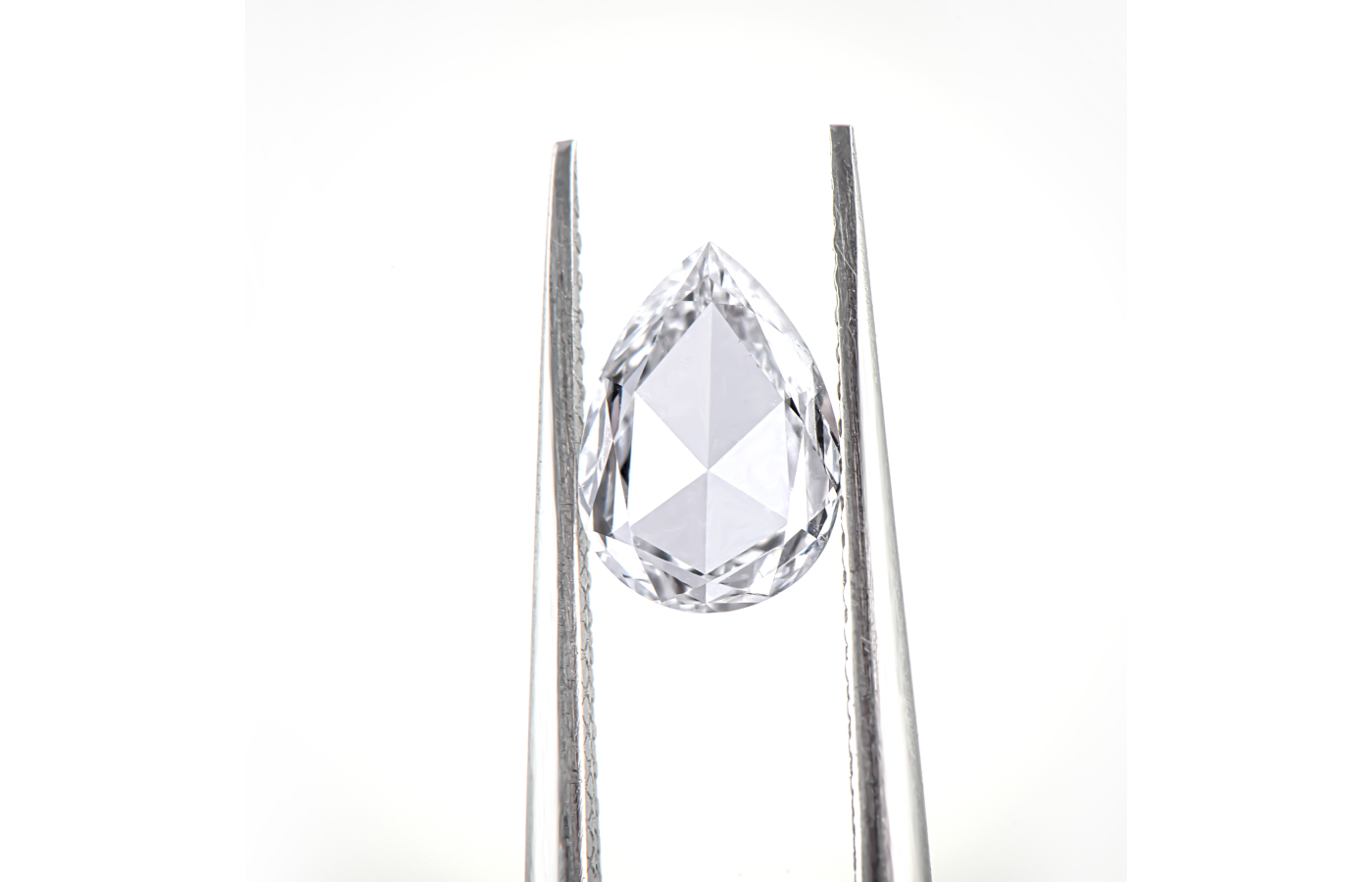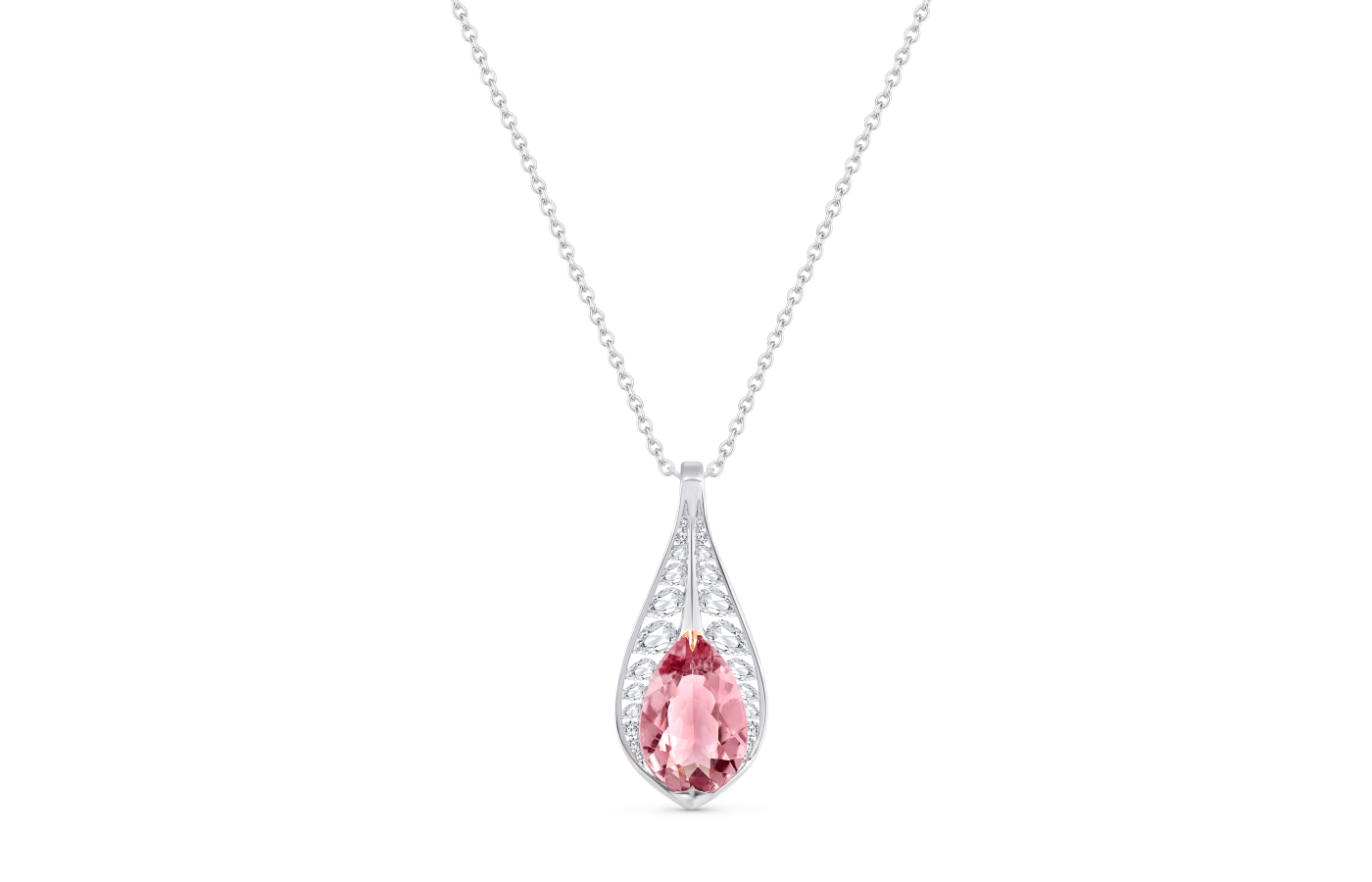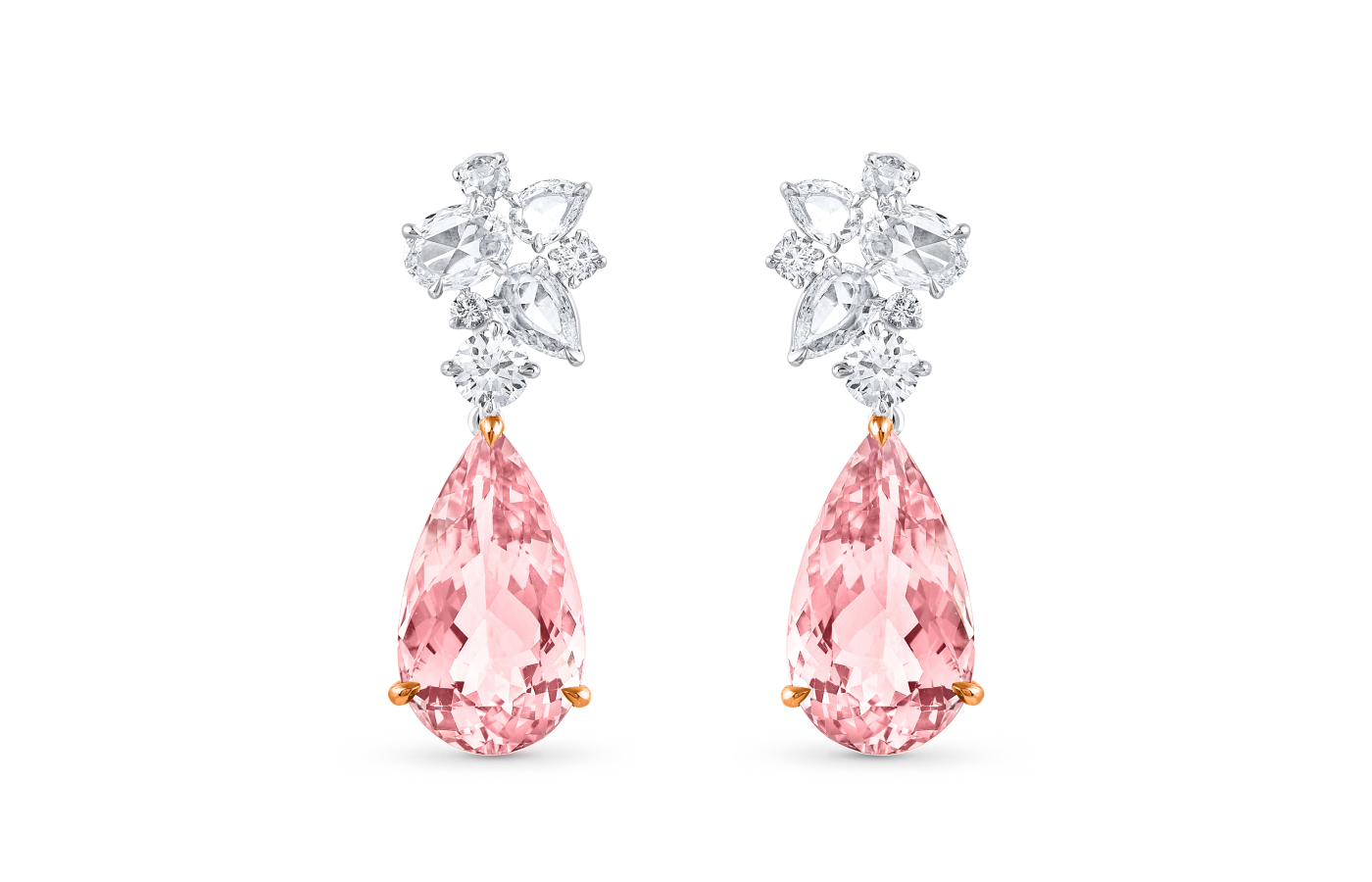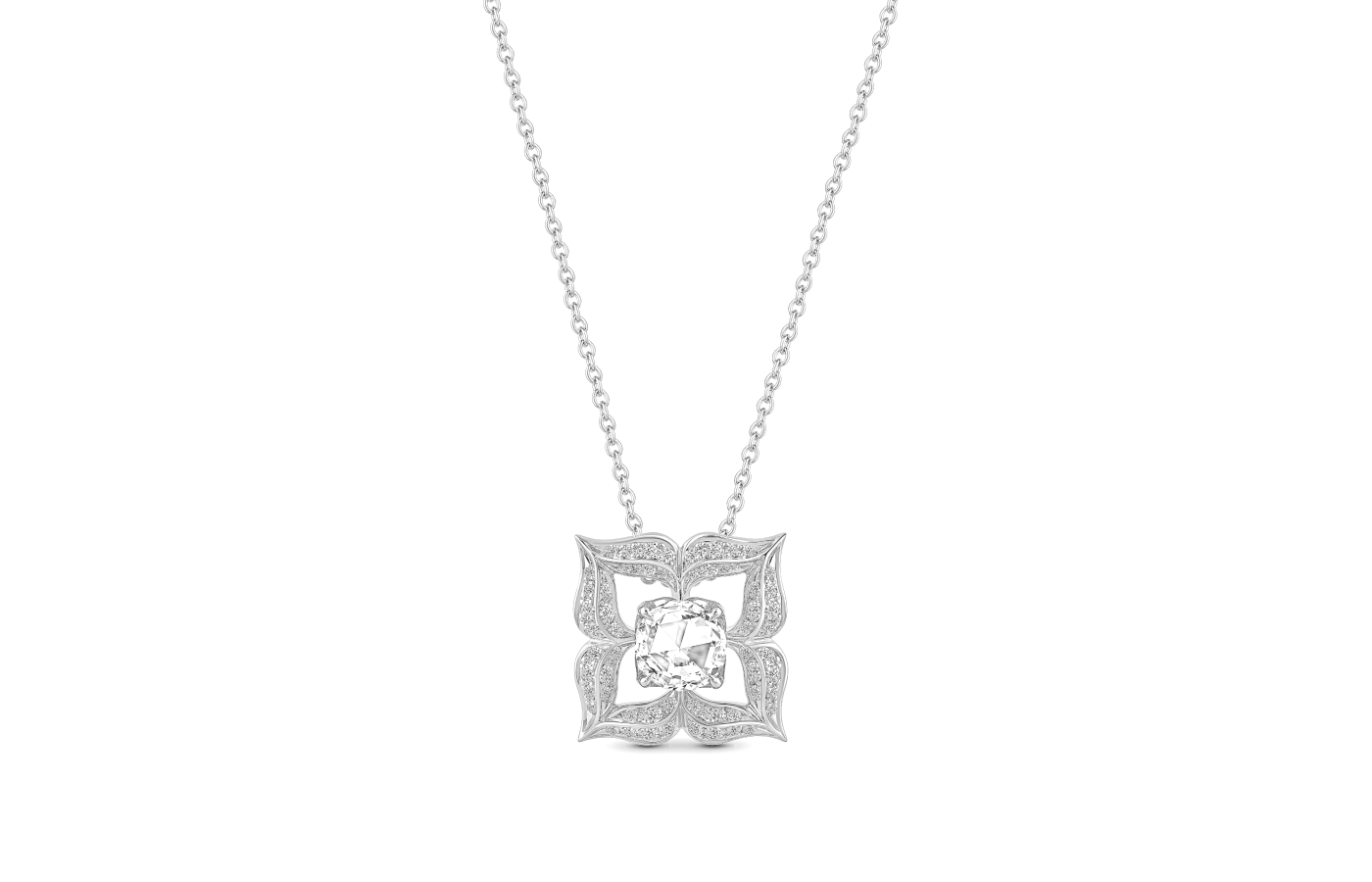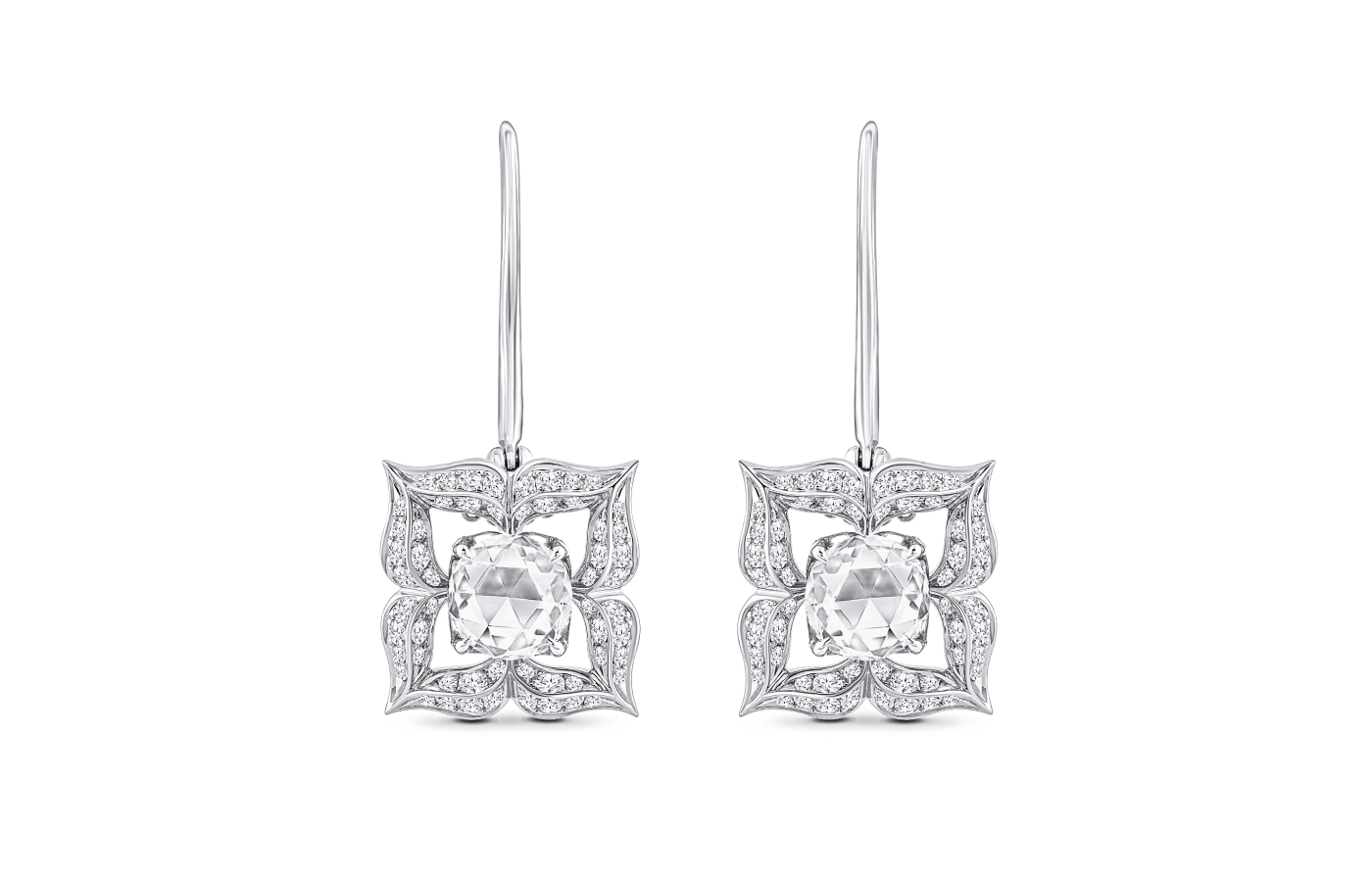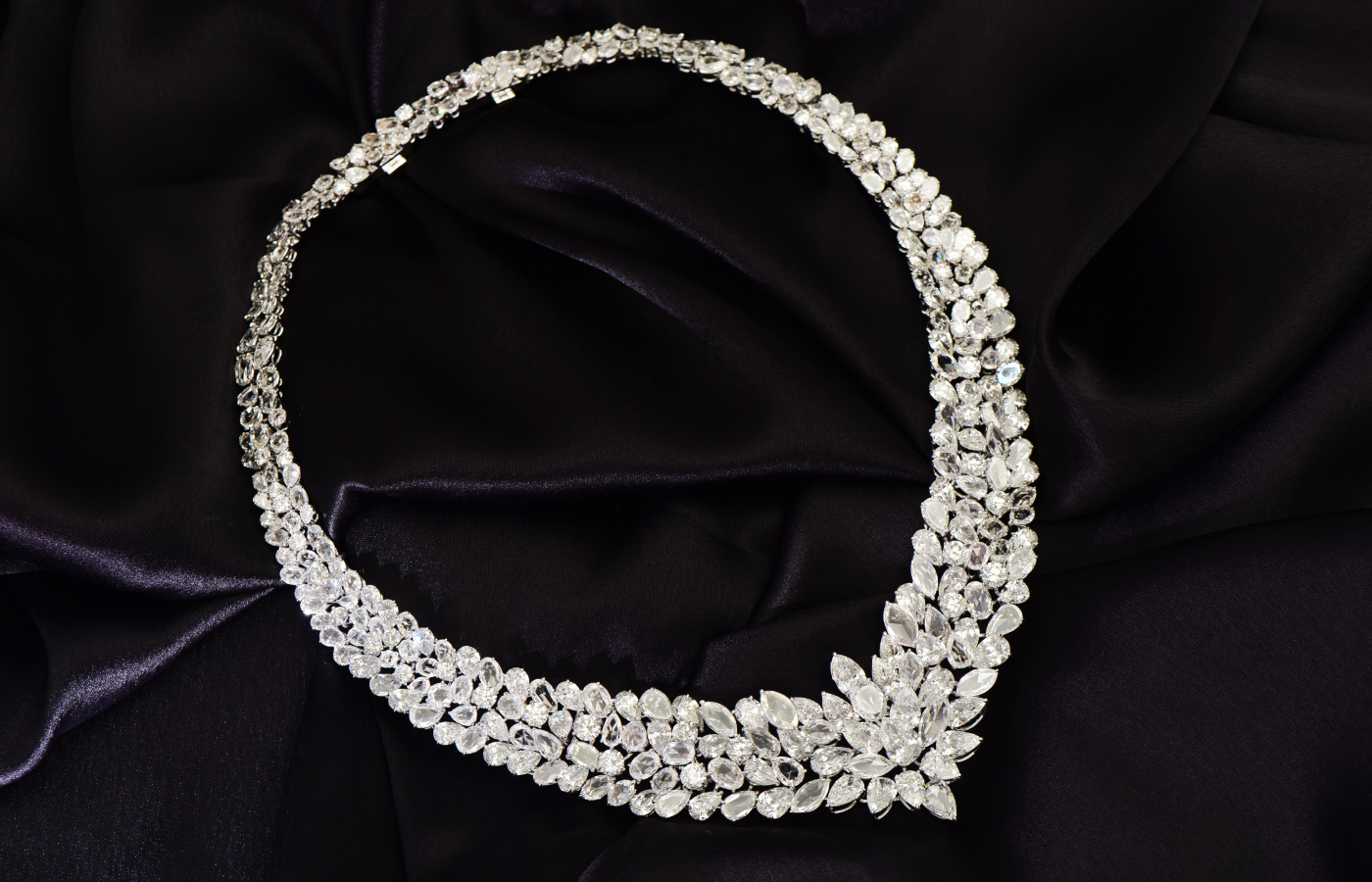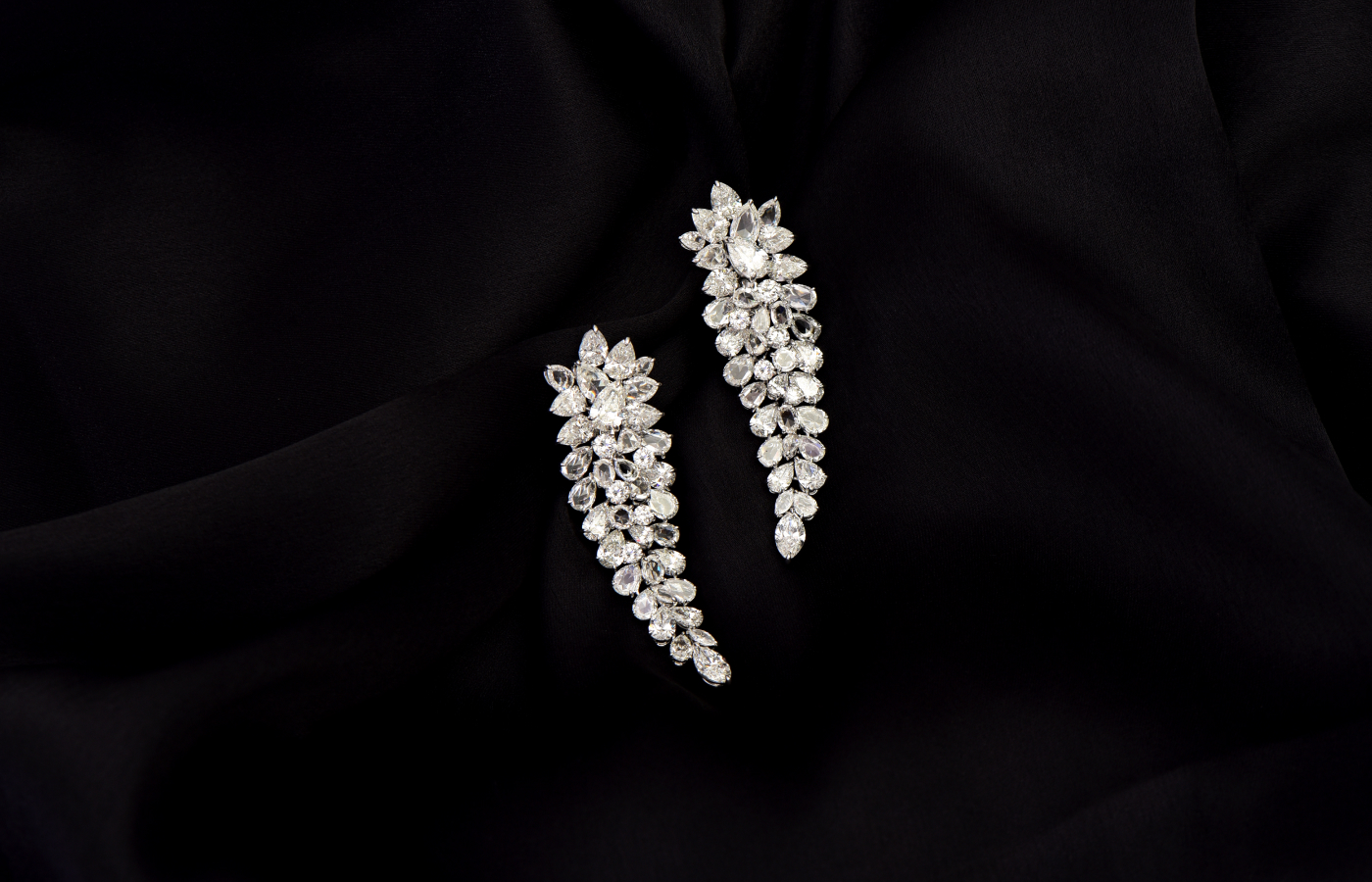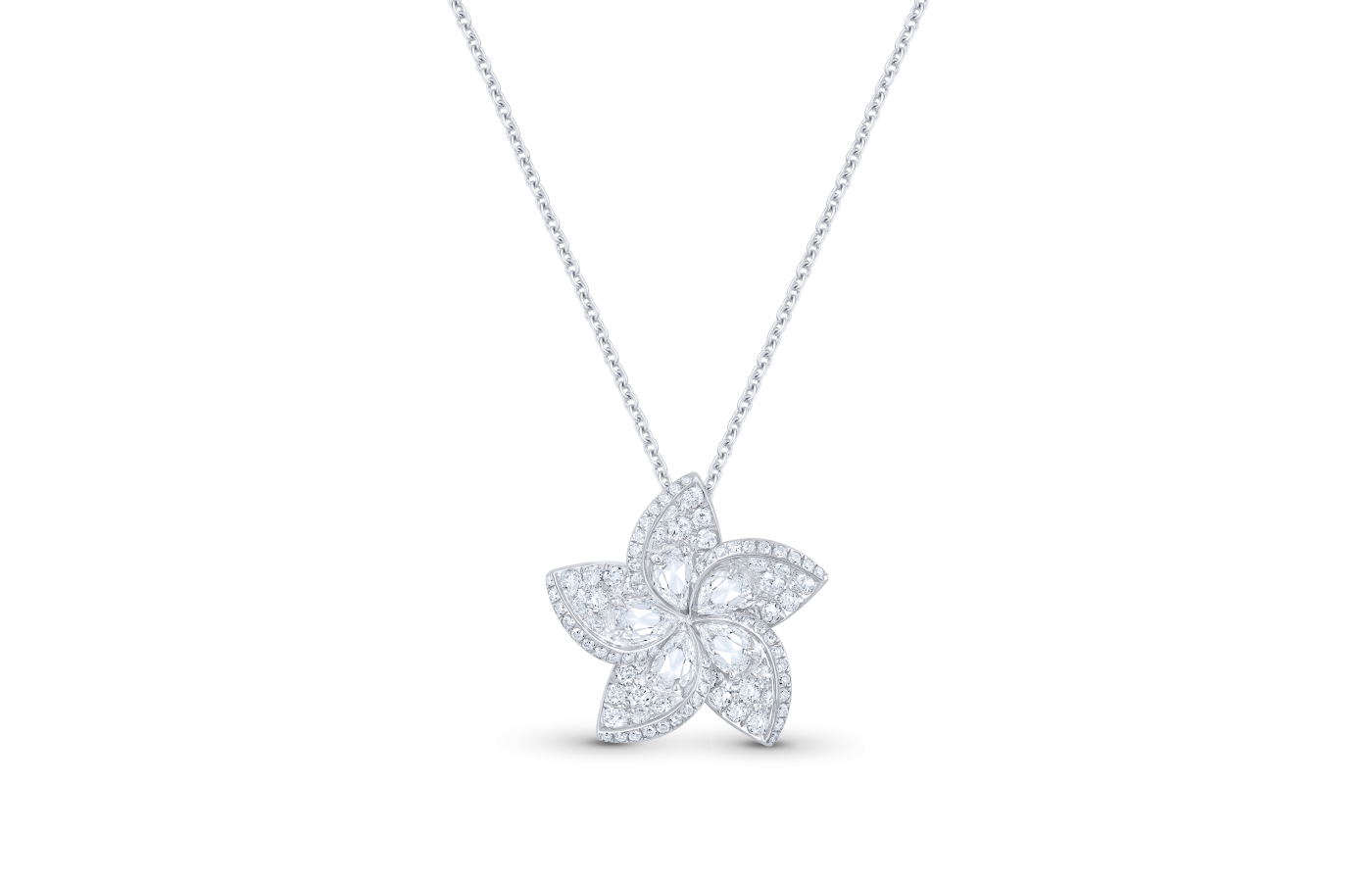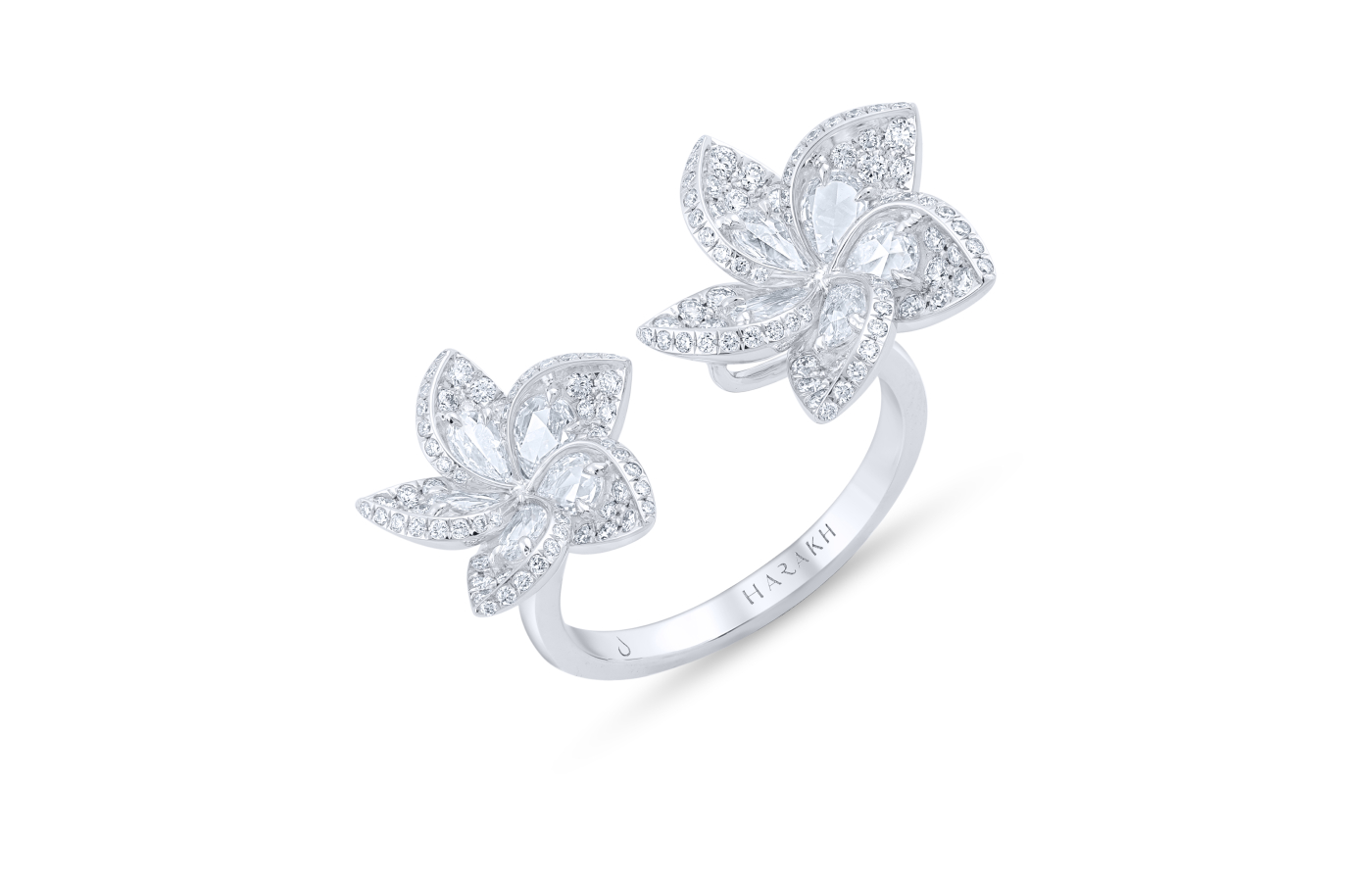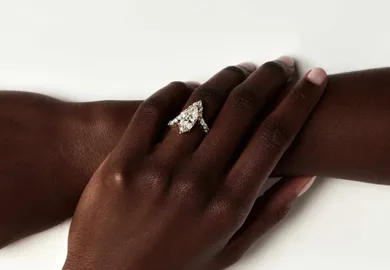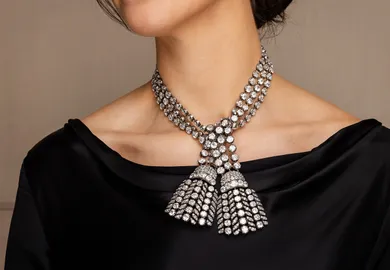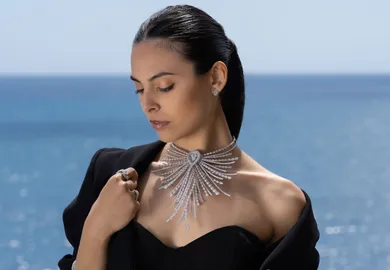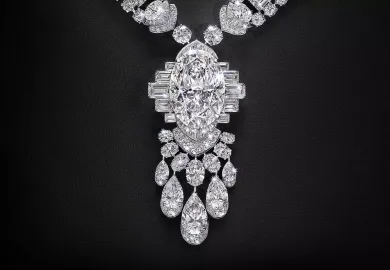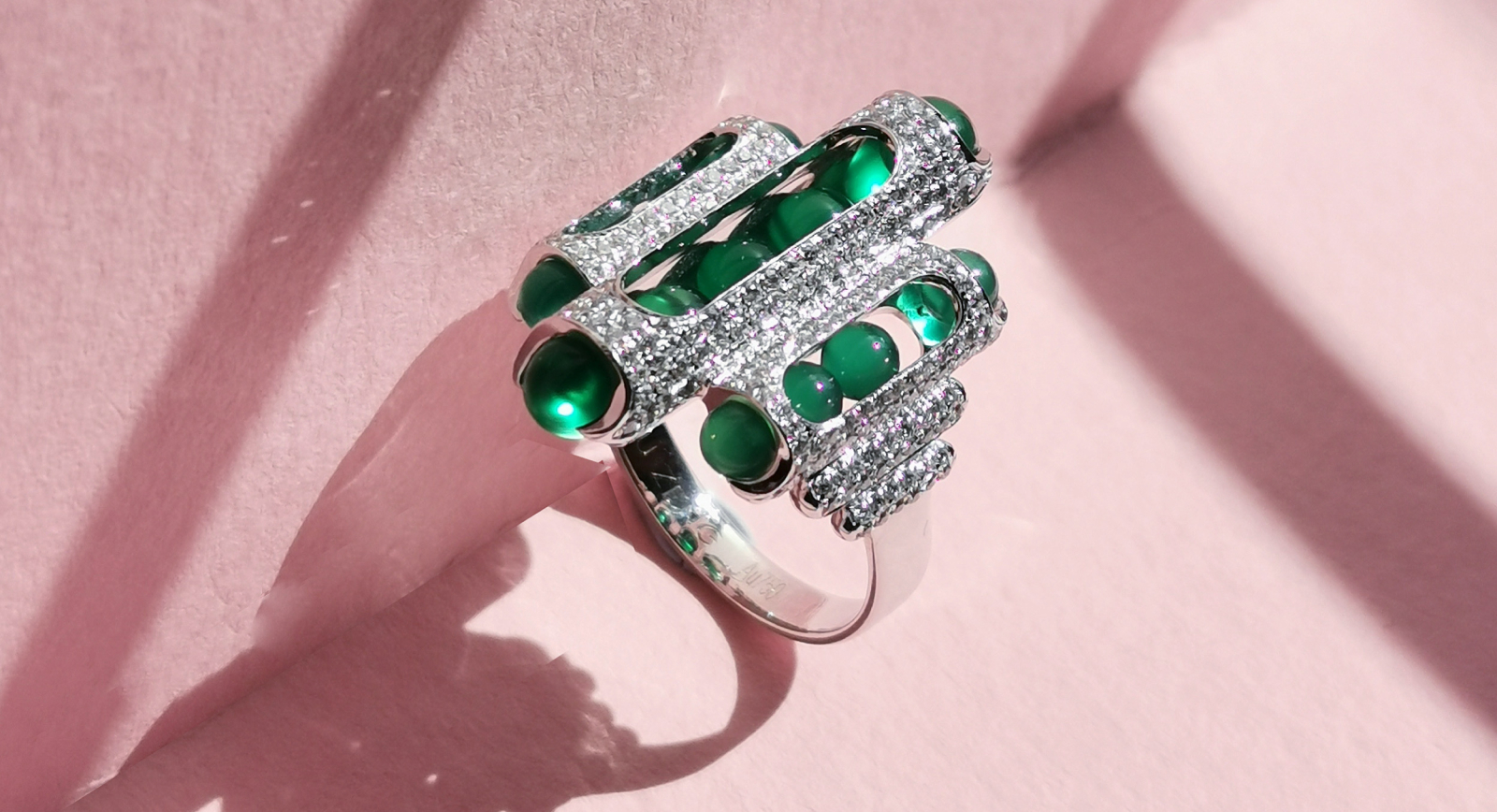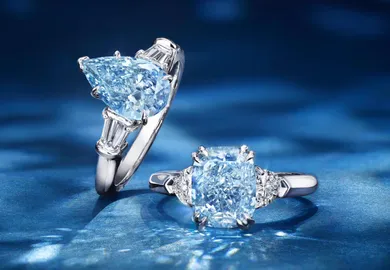
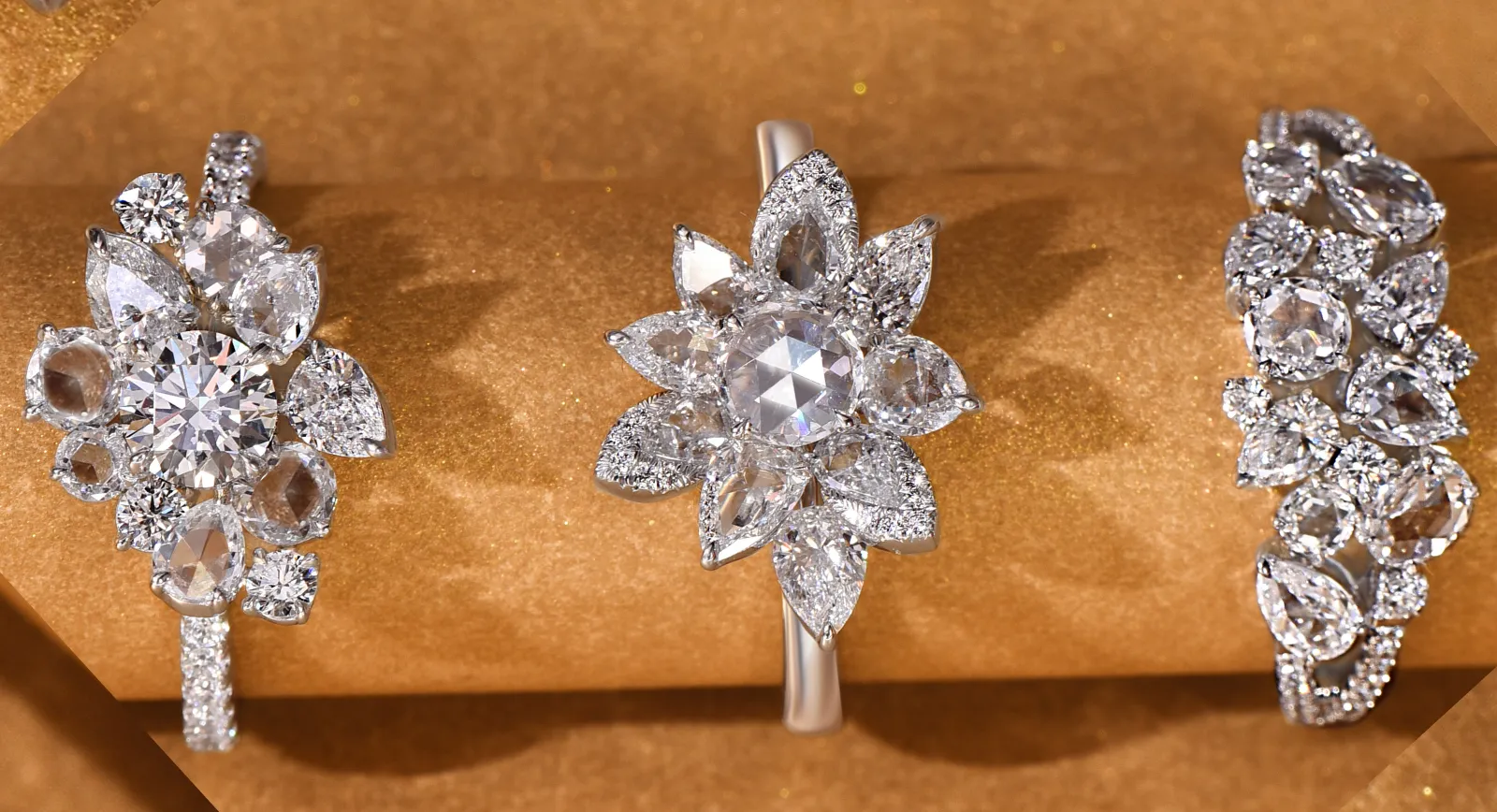
Rose Cut Diamonds: An Untapped Treasure for Jewellery Lovers
Rose-cut diamonds have been around for centuries, but they’re often overlooked by both jewellers and collectors alike. Friend of KaterinaPerez.com, Harakh Mehta, the founder of New York-based brand HARAKH, explains that the potential of these special gems should not be ignored because, when crafted correctly, they can create luminance that’s unrivalled by other diamond cuts. Here, Harakh shares what captivates him about the rosiest of diamonds…
One of my favourite natural sounds is the rush of a waterfall cascading on its rocky journey into a secluded forest swimming hole where the water is so pure you can see the bottom. This serene scene, something I enjoyed immensely as a child growing up in India, was an integral inspiration for the Cascade collection, one of the most popular ranges from our brand, HARAKH.
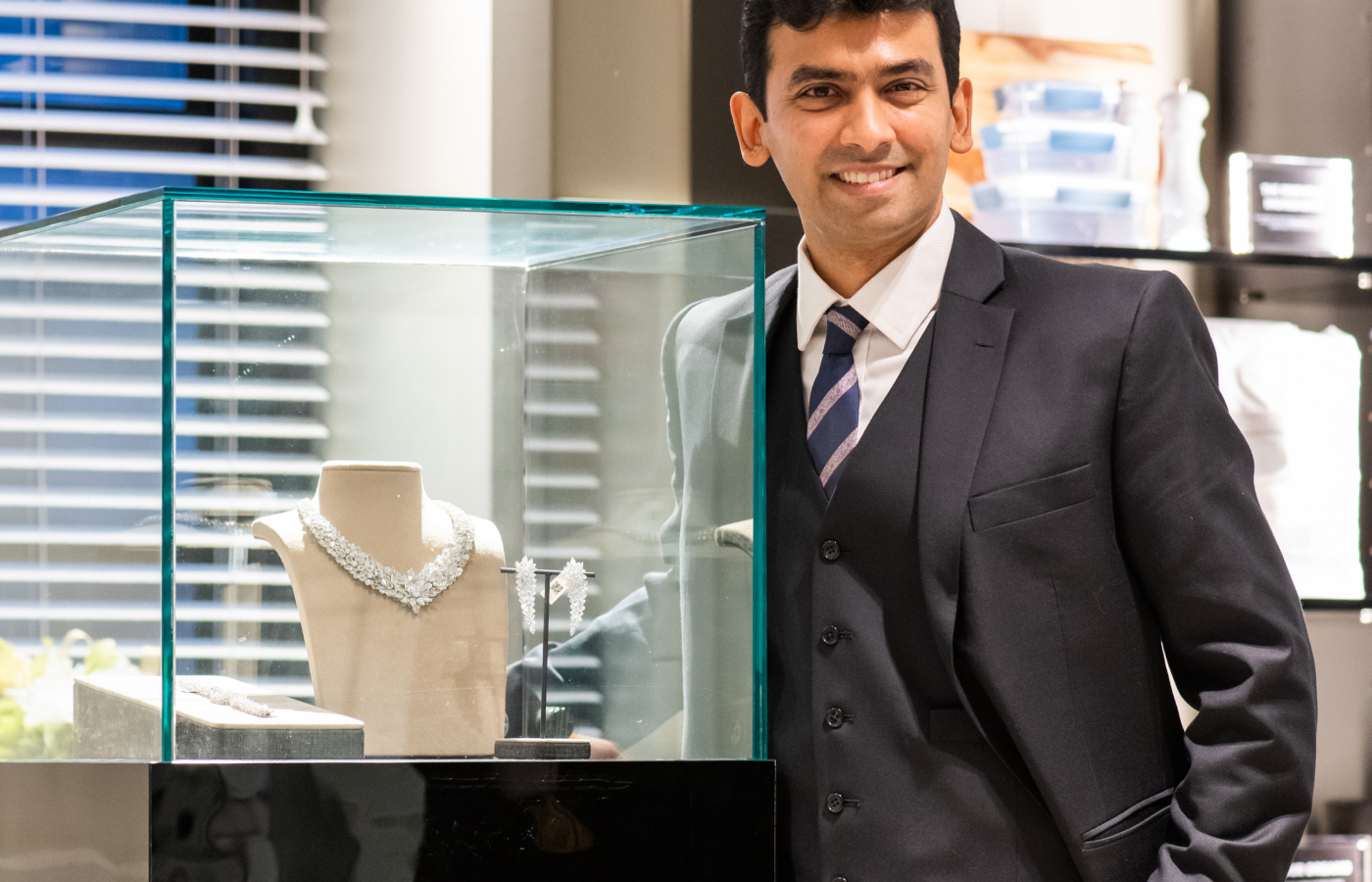
HARAKH founder Harakh Mehta
Capturing the essence of water as a fourth-generation, diamantaire proved quite a design challenge: It required that we translate what pure water looks like — an element so colourless and transparent it’s nearly invisible to the human eye. As you probably know, diamonds are not inherently transparent. However, as our brand works solely with high-quality colourless diamonds, we tasked ourselves with recreating the pureness of that natural wonder.
I recalled family tales from my great grandfather’s time when he had travelled to Antwerp, Belgium, and spoken about rose-cut diamonds, something that he was always fascinated with, which is really a vintage cut dating back to the 16th century. Intrigued by this, I began to experiment using rose cuts to create unique looks that resonated with my vision. However, there were many challenges – not just limited to the traditional cutting, polishing and setting, but also convincing our collectors of its value. After much research and trials, including a few rather expensive mistakes, I was finally able to develop proprietary metrics that truly bought out the diaphanous quality of the rose-cut diamond with a high degree of luminance to recreate that magical scene of a pure pool of water formed by a gushing cascade.
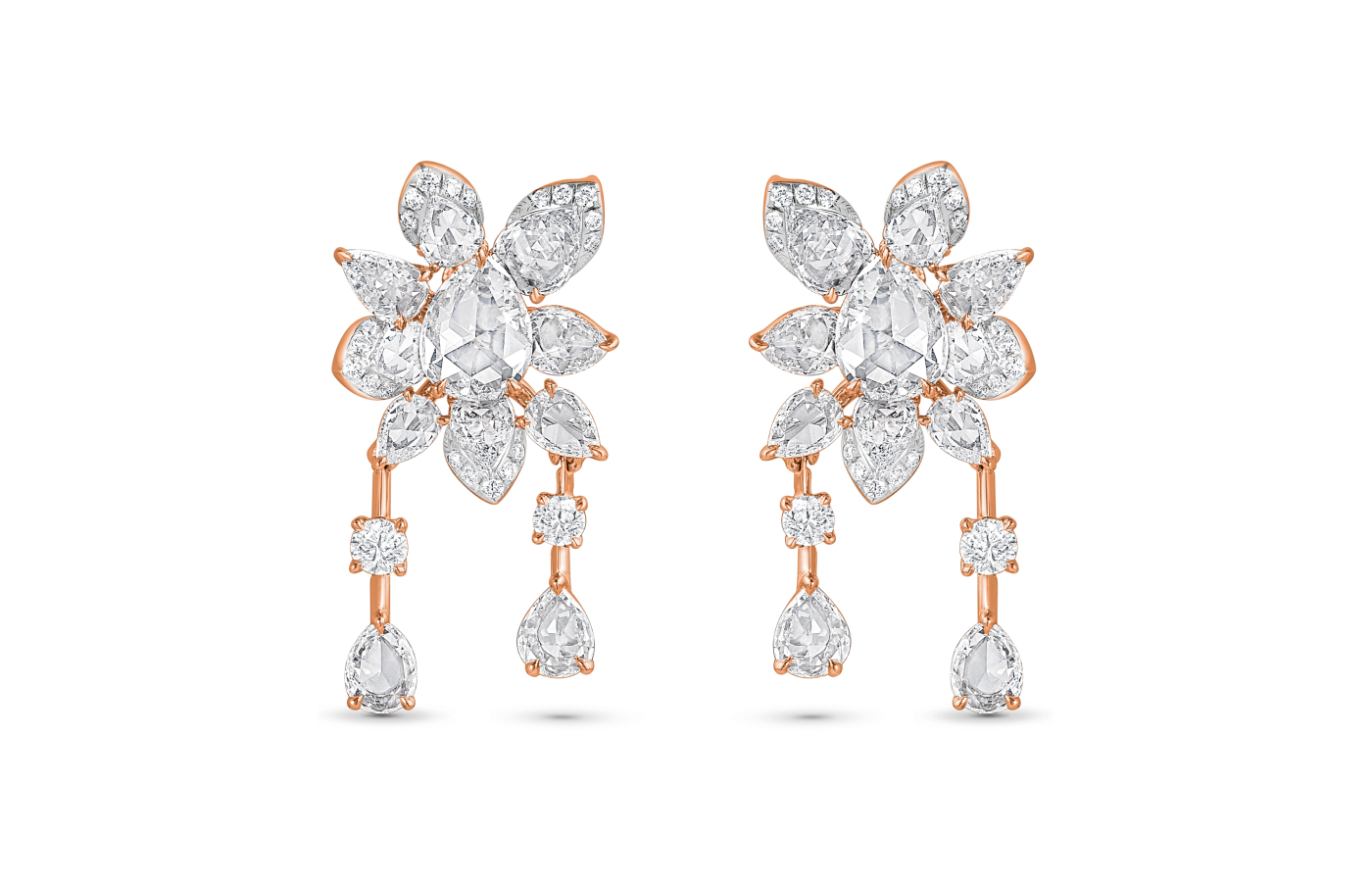
HARAKH Cascade cluster earrings with brilliant and rose-cut diamonds in 18k rose gold
This journey was rewarding at many levels, and in the process, I fell completely in love with these delicate beauties! I discovered many secrets of harnessing the inherent nature of rough diamonds to bring out their unique beauty when cut and polished. However, to understand this better, let’s go a little more into the history of these diamonds and how they eventually came to be incorporated into HARAKH collections.
What are Rose-Cut Diamonds?
Cut refers to the shape, proportions, and arrangement of facets in a diamond, impacting its brilliance, sparkle, and overall appearance. Simply put, the rose-cut diamond is a flatter-bottomed cut compared to the deep pavilion of a brilliant cut with a slight dome on the top. Rose cuts were named for their triangular facets, cascading down from a highly stylised crown to a flat base, thus resembling an unfurling rosebud. They are believed to have originated in Antwerp, Belgium, some 400 years ago, a country also known for its beautiful flowers.
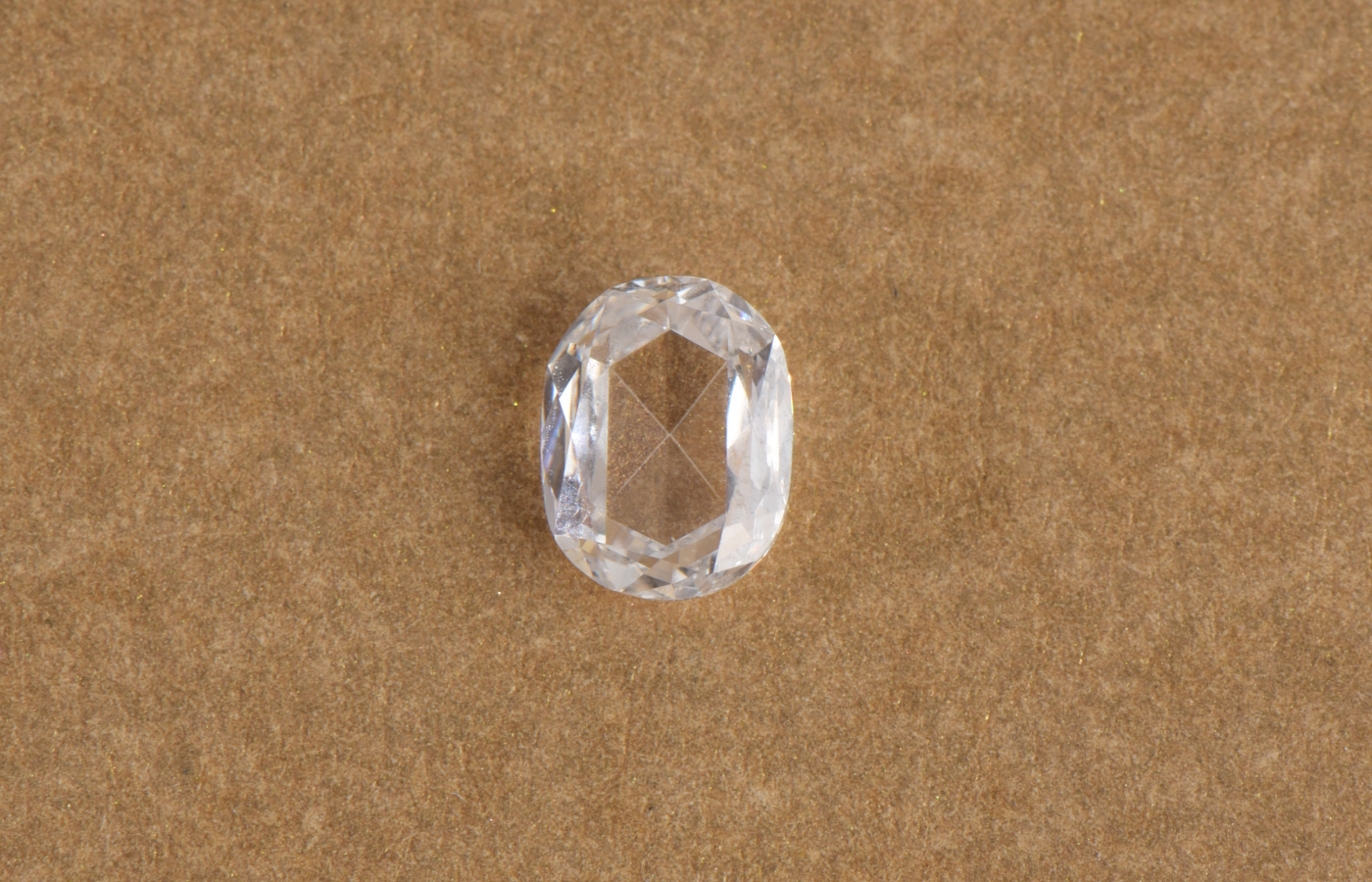
HARAKH presents an oval-shaped rose-cut diamond in its collection
Interestingly, there are no set parameters for the number and shape of facets that a rose cut must have. Rather, most cutters follow the natural pattern of the rough diamond and create appropriate arrangements that suit the shape and depth of the stone. The only guide is to honour the beauty of that particular stone, making each rose cut truly bespoke.
In the 1600s, before electricity was invented, the only way to see a diamond’s brightness was to hold it up to candlelight. The best cut for capturing such subtle lighting was the rose, as it gave off a soft, glowing luminescence that offered a unique, ethereal quality that captures and reflects light differently. One of the most intriguing aspects of rose-cut diamonds is their deceptive size. They can weigh anywhere from 25 to 40% per cent less than a brilliant cut of the same diameter but look larger because of this strategic cutting technique. The secret? The shallower pavilion and larger table size of the rose cut create an optical illusion, making the gem seem significantly larger than its actual weight — a one-carat rose cut will look more like a 1.25-1.65-carat diamond.
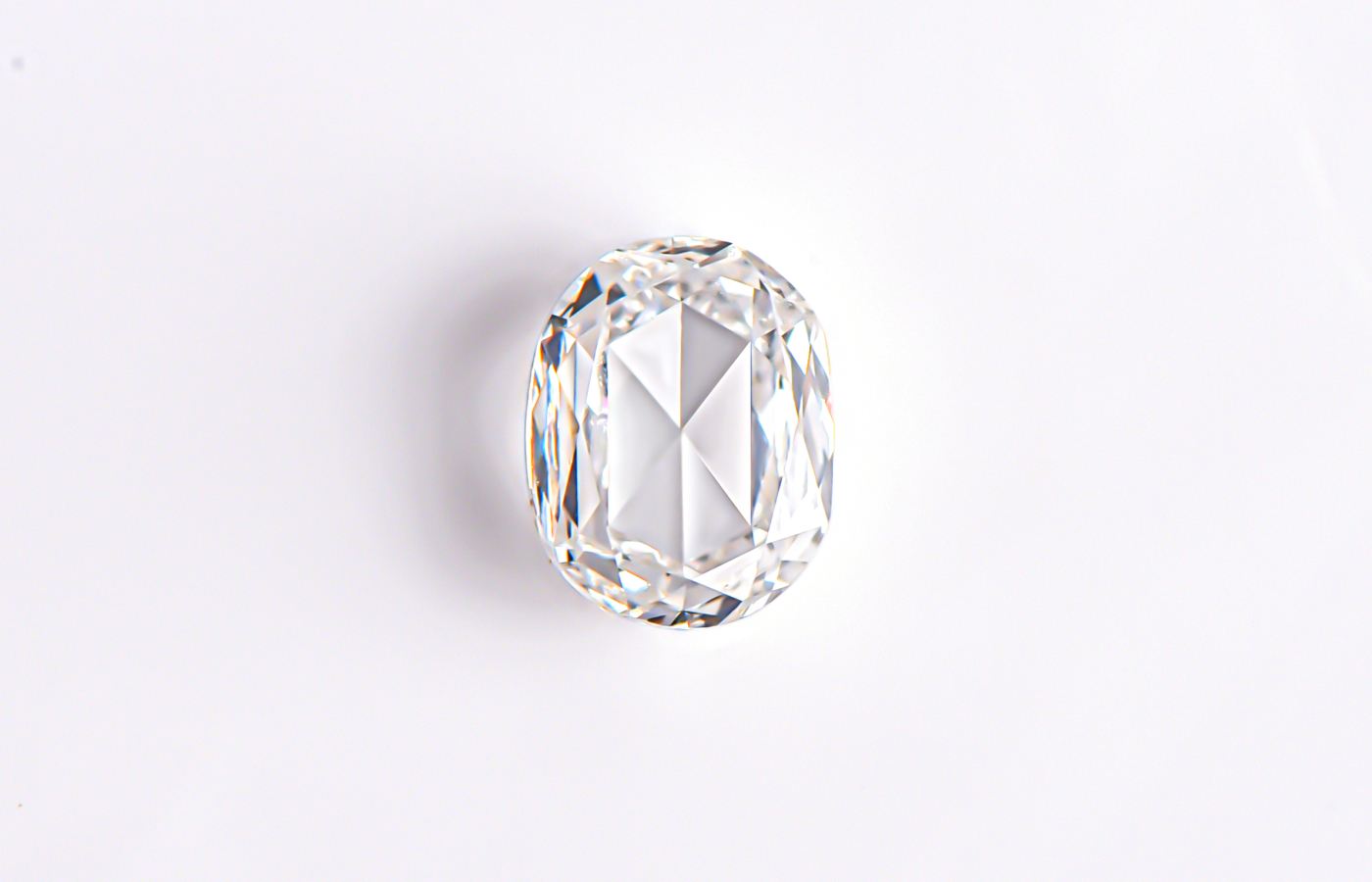
An oval-shaped rose-cut diamond among the collection of New York-based fine jewellery brand HARAKH
The Multifaceted Rose Cut
When I hold a rose cut in my hands, I see its infinite potential to form many different shapes and designs. This diamond cut is extremely versatile — an artisan’s dream. Rose cuts are a canvas that can be cut in any shape: round, oval, kite, pear and many more, allowing for diverse, bespoke jewellery. This is why I personally love rose cuts. Plus, they can have varying depths – flat or deep – and can be set in multiple ways, with the dome elevated or set down, allowing for diverse appearances and intricate designs. You can experiment with the number of and placements of the facets as well as the crown angles.
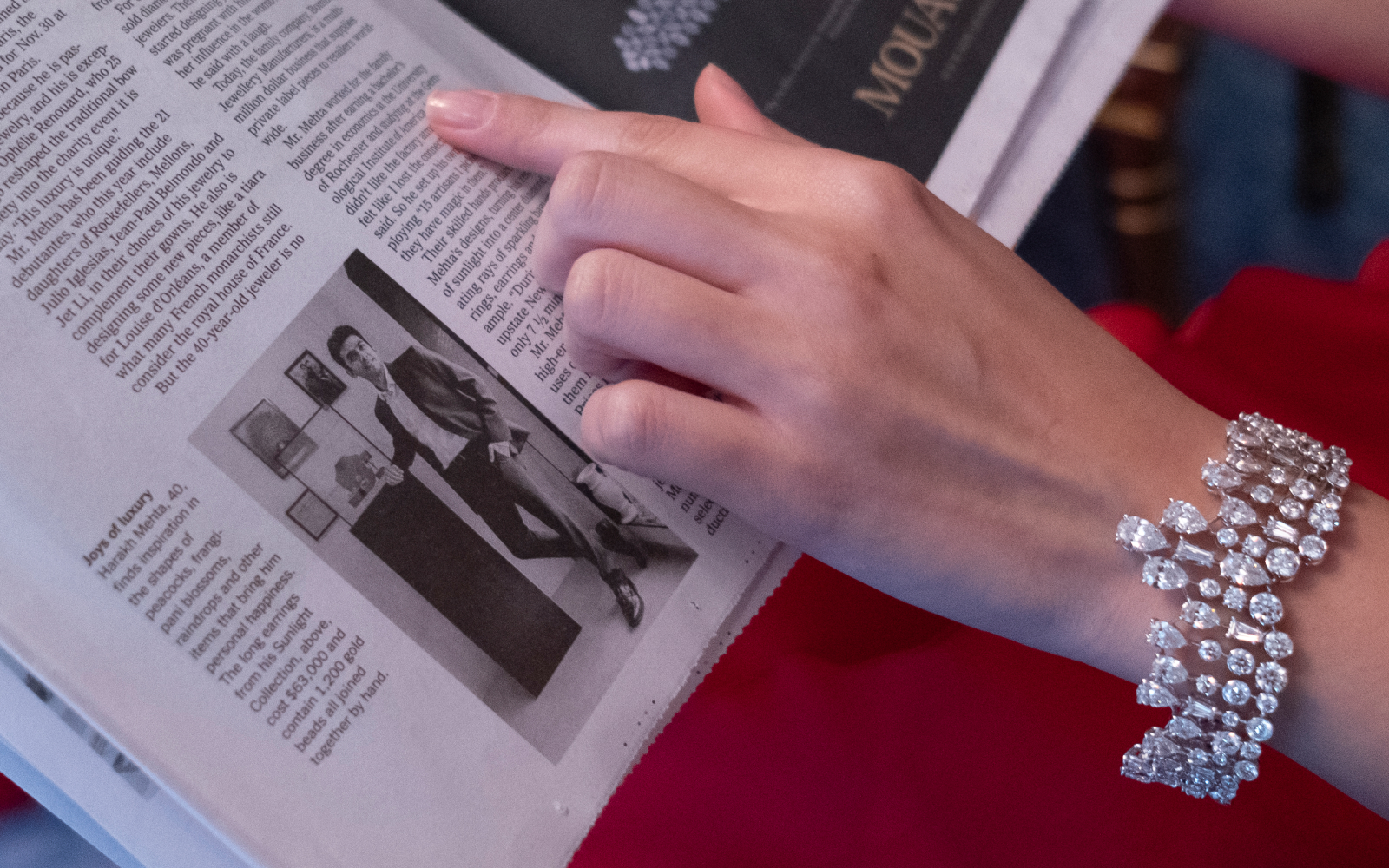
Katerina Perez wears a timeless diamond bracelet by HARAKH
The rose cut is a true testament to the talent and skill of the diamond cutter. Even in the current age of AI and technology, each rose cut must be cut by hand, using experience and wisdom gained over the years to optimise its true beauty. In fact, while some may question its value compared to modern cuts, a highly symmetrical, nicely faceted rose cut with high luminescence and exacting proportions takes great skill to create.
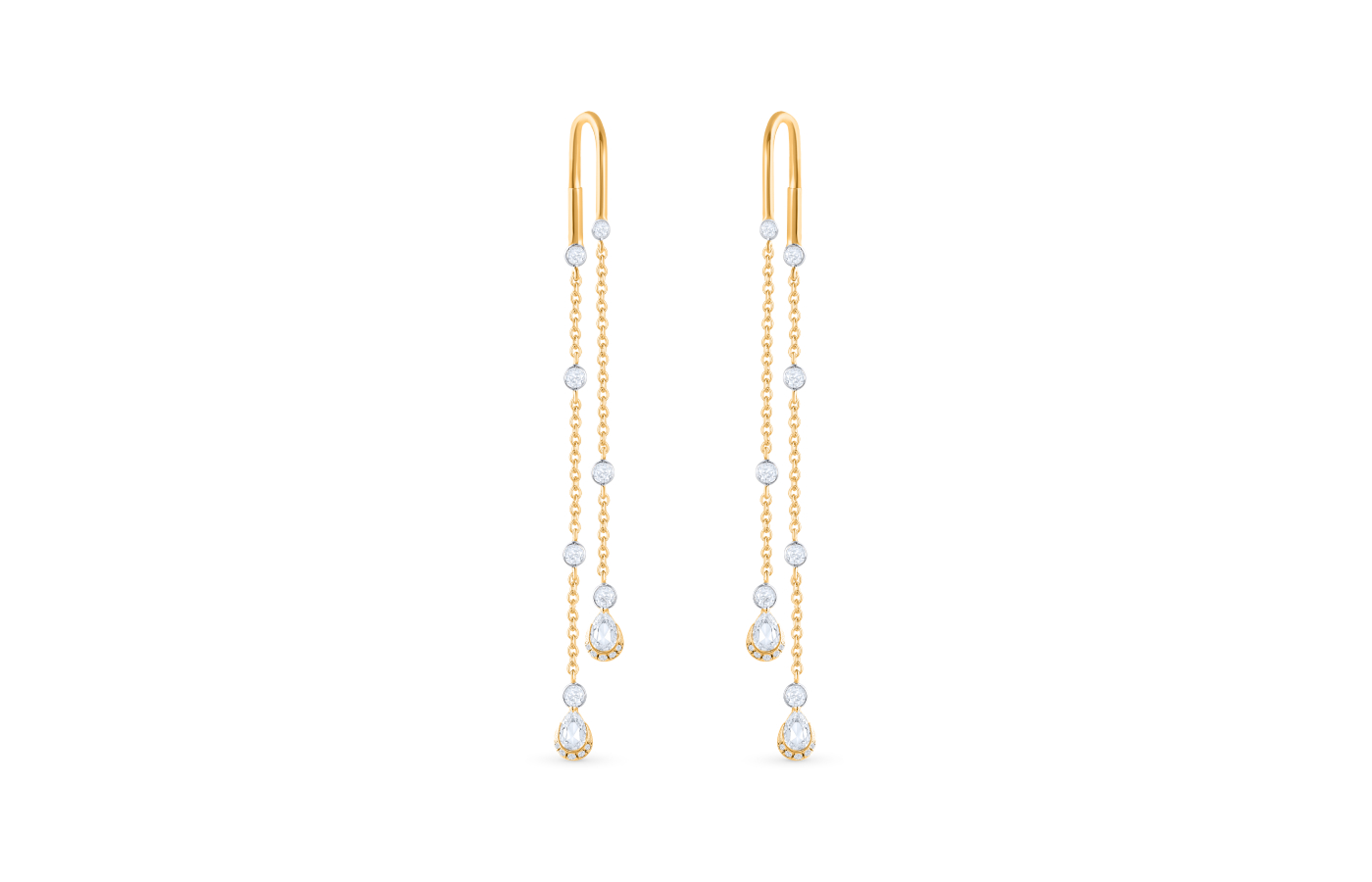
HARAKH Cascade threader earrings with brilliant and rose-cut diamonds in 18k yellow gold
Importantly, they need to be made from exceptionally high-grade rough diamonds. With this cut’s extreme transparency, exceptional clarity is critical to maintain its high quality. If the rough diamond has any blemish, the rose cut will only amplify it more. The same is true for the colour. There is simply no hiding it! Luckily, the reverse is also true – meaning the better the colour and clarity, the more pronounced it will be in the rose cut.
Rose Cuts in HARAKH Jewels
As we kept employing further tools to perfect our rose cuts, we quickly realised another little secret. If you compare a similarly high-graded brilliant cut and a rose cut side by side, while the rose cut will look more colourless, more transparent and more luminescent, the juxtaposition of the rose and the brilliant cut created magical light reflections never seen before in jewellery.
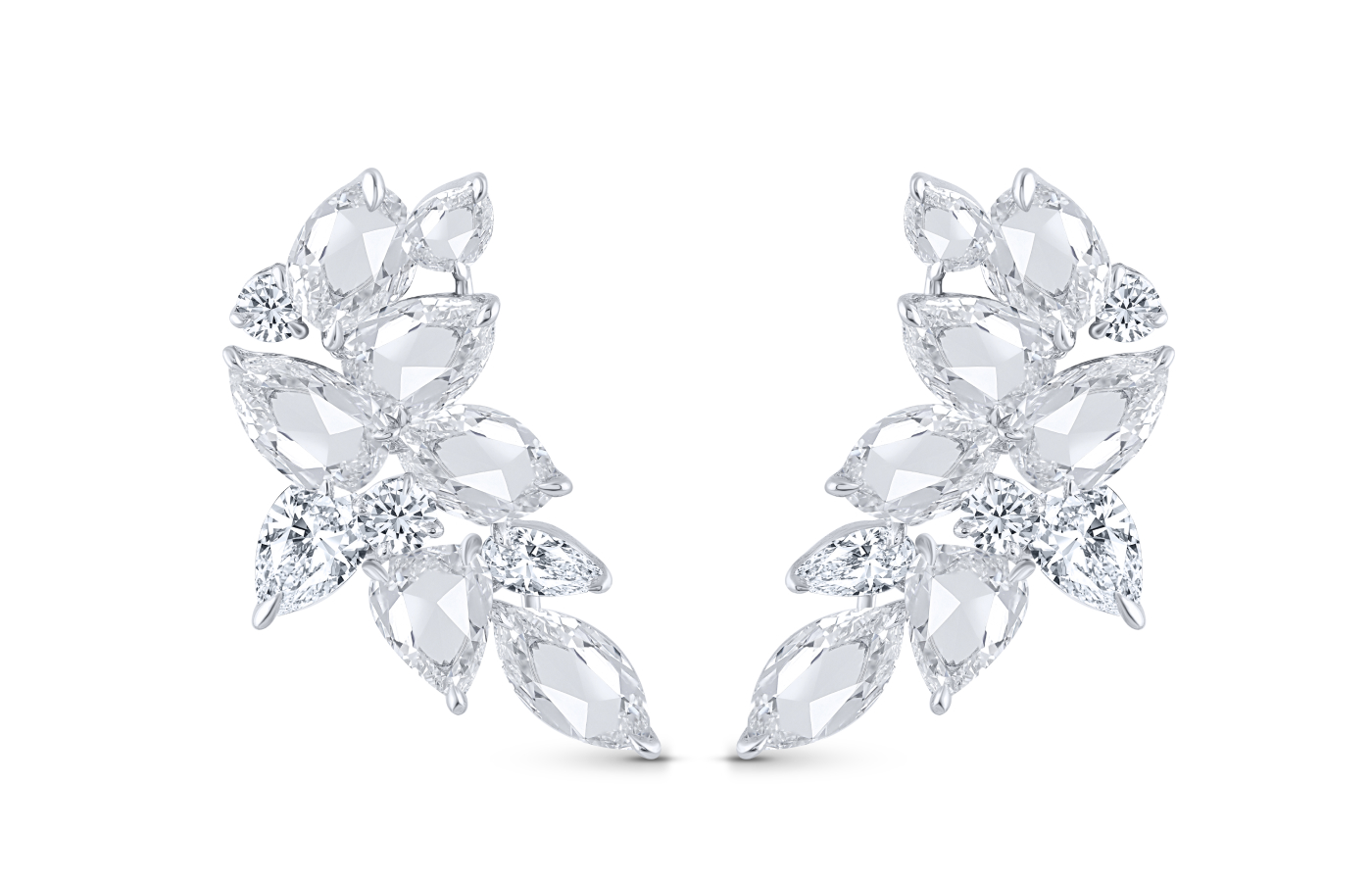
HARAKH Cascade climber earrings with round, pear, rose-cut pear and rose-cut marquise diamonds in 18k white gold
We are now known for our modulated design techniques, and the rose-cut diamond offers us the perfect tableau. Modulated design involves manipulating the depth of specific areas within a piece. This means creating recessed or elevated sections, allowing light to play differently across the surfaces, thereby adding depth and dimension to the jewellery. It also involves combining different angles and cuts on gemstones or metals within a design. This technique creates a contrast between facets, resulting in a more intricate and visually captivating piece. We can tilt the settings, making them look like miniature sculptures and a deep rose cut is perfect for this. Or if I want to create a light and airy station necklace, flatter rose cuts are perfect for this. When we launched our Cascade collection with these rose cuts, they quickly became our top-selling line. To date, they remain one of our most popular pieces.
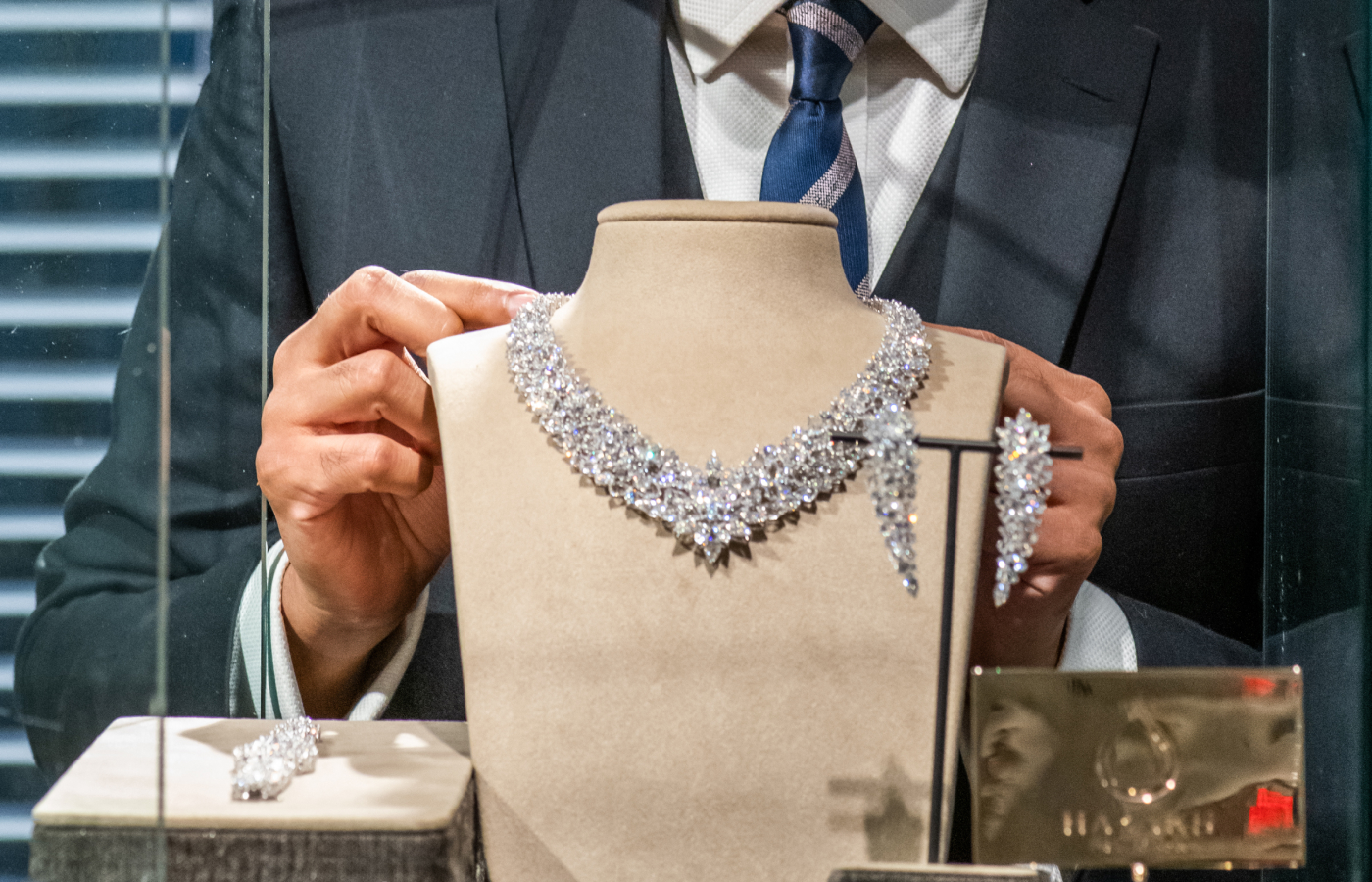
Harakh Mehta with the Bloomingdales 150th Anniversary High Jewellery diamond suite
Expanding the Use of Rose Cuts
Our collectors soon began to realise the value of rose cuts and requested us to use them in our other collections. Already, my mind was bubbling with ideas as I held these rose cuts in my hands for hours and saw how the light danced and twirled around them. We soon found natural fits for rose cuts in other collections.
As an example, the Palace collection was inspired by ancient Indian royal palace windows, and the rose cut represented an unhindered view between the inside and outside worlds. In those times, the women and children who worked inside the palace walls weren’t allowed to participate in life outside, aside from a peek out the windows at dawn and dusk. Conversely, those who lived in the communities outside could only glimpse at the opulent beauty on the inside through those same windows.
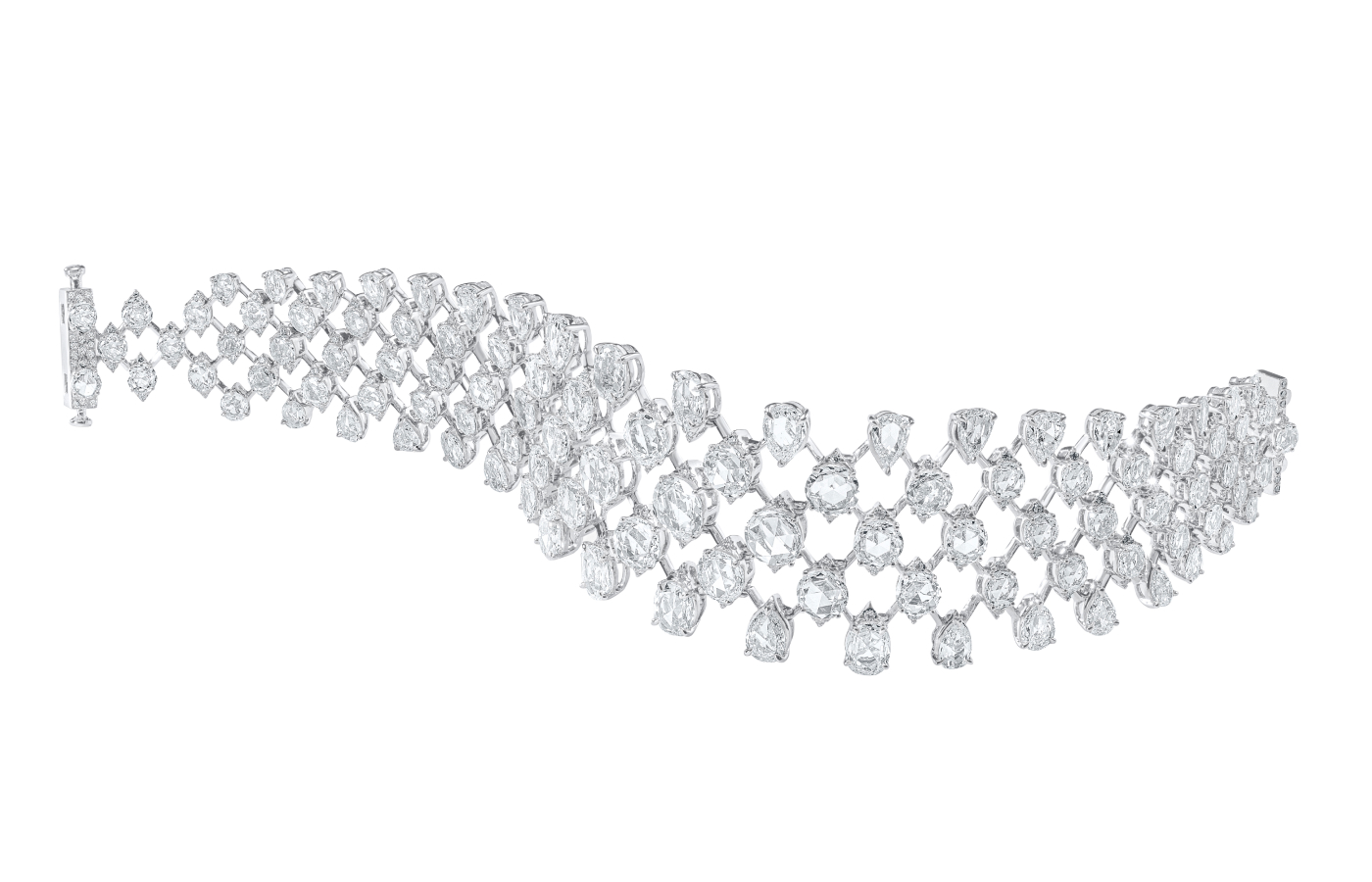
A sensational bracelet with rose-cut diamonds by HARAKH
In our Frangipani collection, named for a flower with great spiritual significance in our culture, rose cuts became focal points of the jewellery suites we designed. We needed to use rose cuts to recreate the softness, tenderness, and thinness of the frangipani flower because the flatness of this cut gave us the versatility we needed compared to a very thick diamond.
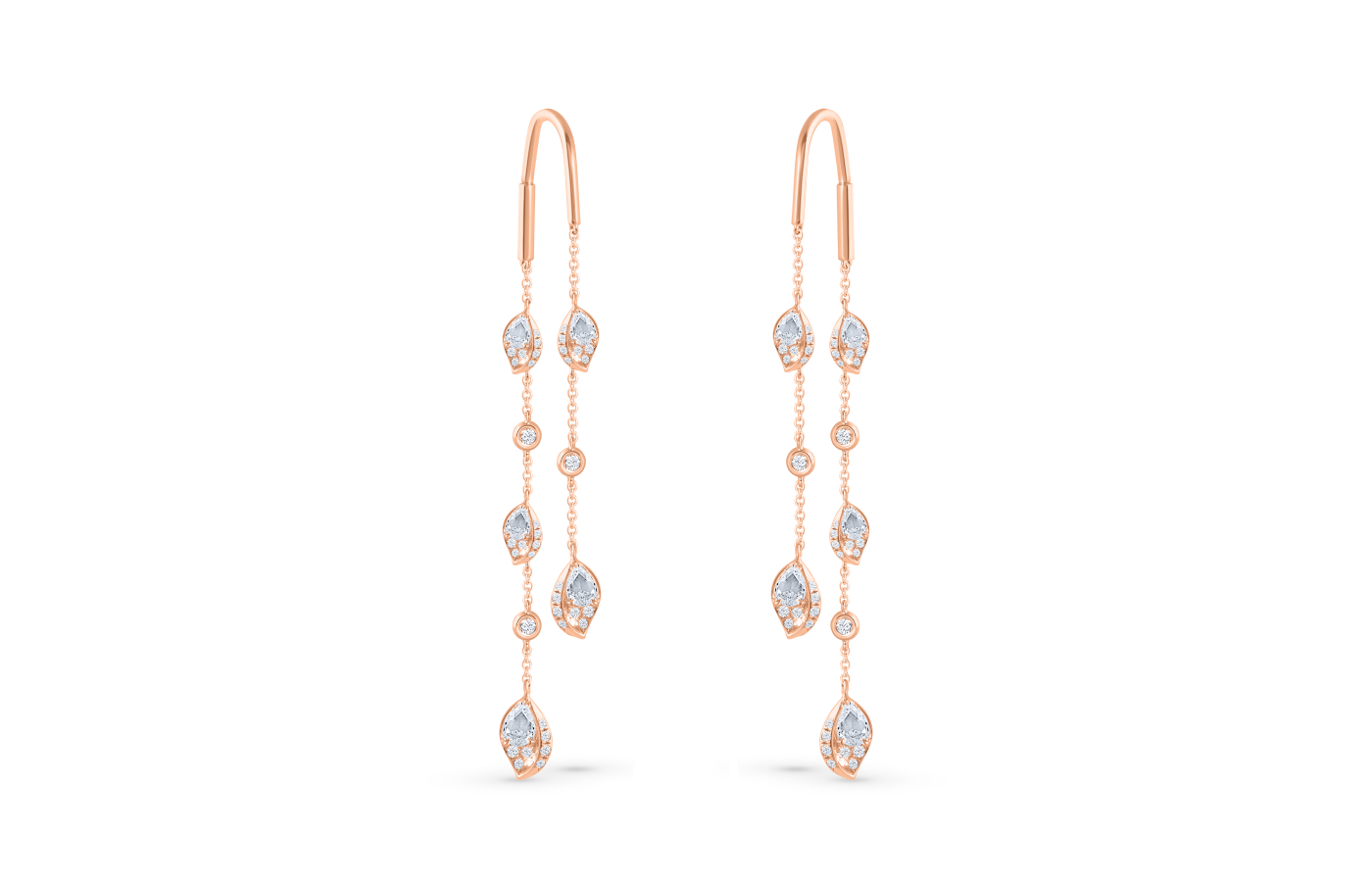
HARAKH Frangipani threader earrings with brilliant and rose-cut diamonds in 18k rose gold
Finally, I wanted to create a space for these beauties in true high jewellery, a domain which, until now, had almost no representation from rose cuts. When we were commissioned by the iconic New York store Bloomingdales to create a suite to celebrate their 150th anniversary, I knew that this was the right platform to showcase the luminance of these gems. After many months, our diligence and persistence paid off. When we unveiled the 150ct suite in the fall of 2022, where we used our own unique shapes of rose cuts, everybody was just blinded by its dazzle. It was a true example of high jewellery, a unique piece of art that wouldn’t have been possible without rose cuts.
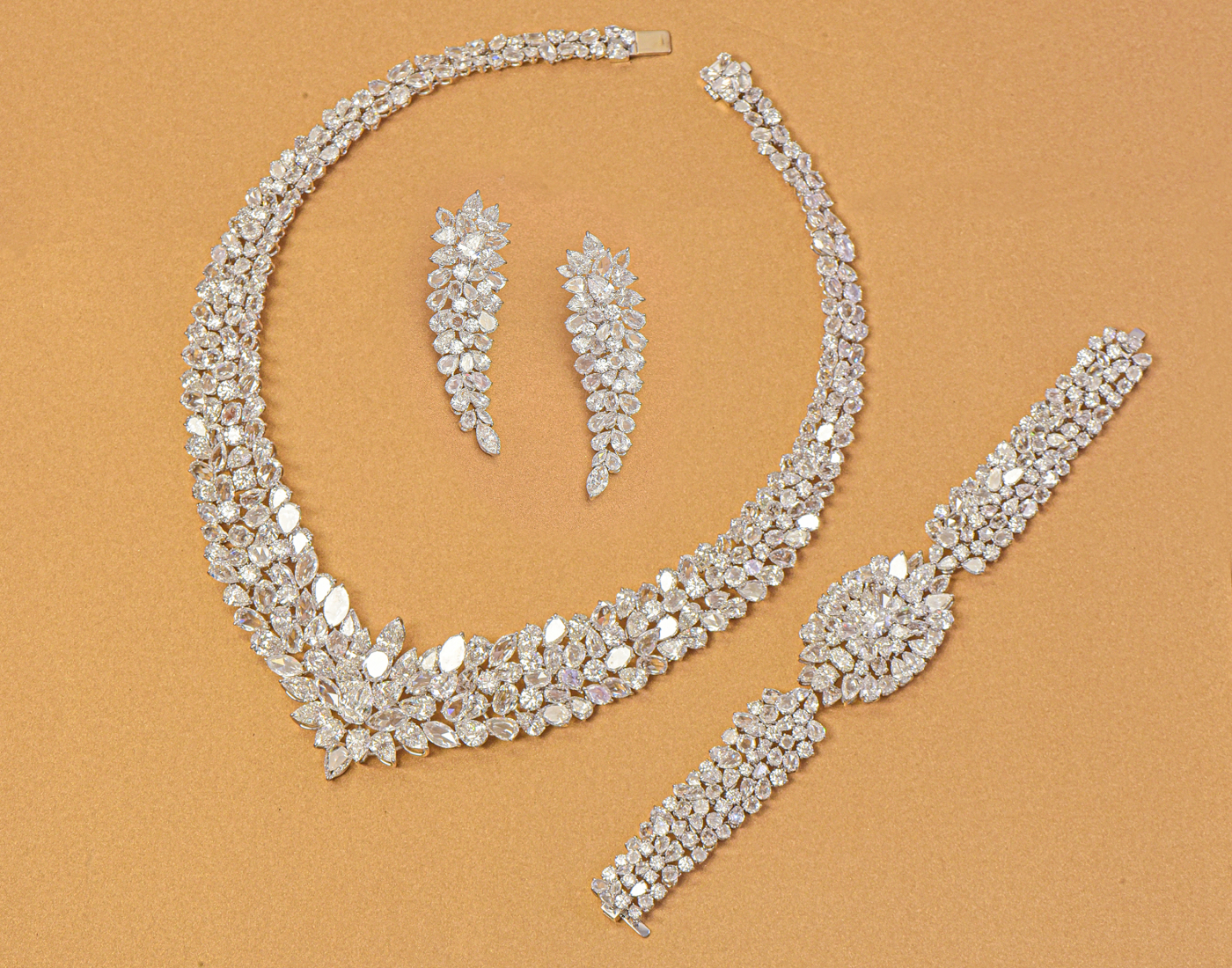
A suite of Cascade rose-cut diamond jewels by HARAKH created with 150 carats of diamonds to toast the 150th anniversary of Bloomingdales
Little wonder, then, that I am an ambassador of rose-cut diamonds. Why not add luminance to your jewellery box?

WORDS
Katerina Perez is a jewellery insider, journalist and brand consultant with more than 15 years’ experience in the jewellery sector. Paris-based, Katerina has worked as a freelance journalist and content editor since 2011, writing articles for international publications. To share her jewellery knowledge and expertise, Katerina founded this website and launched her @katerina_perez Instagram in 2013.
